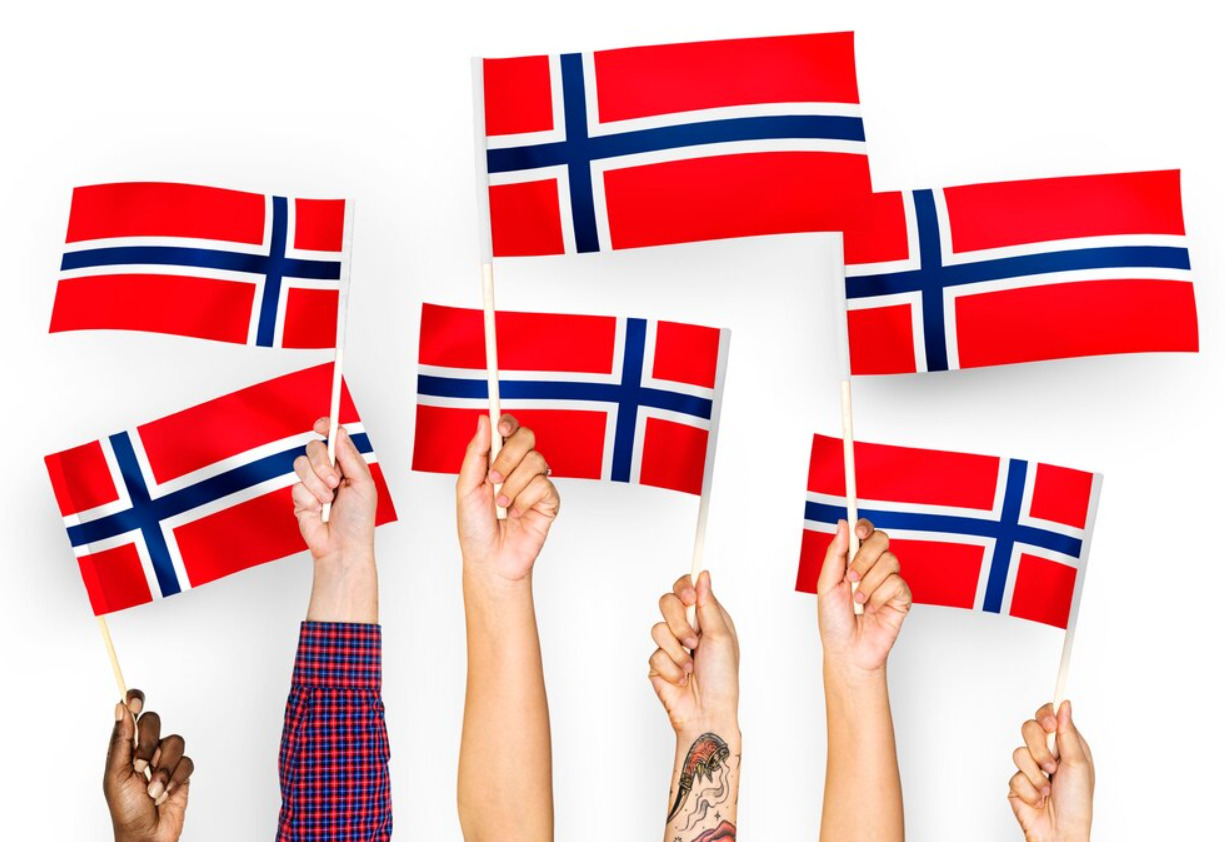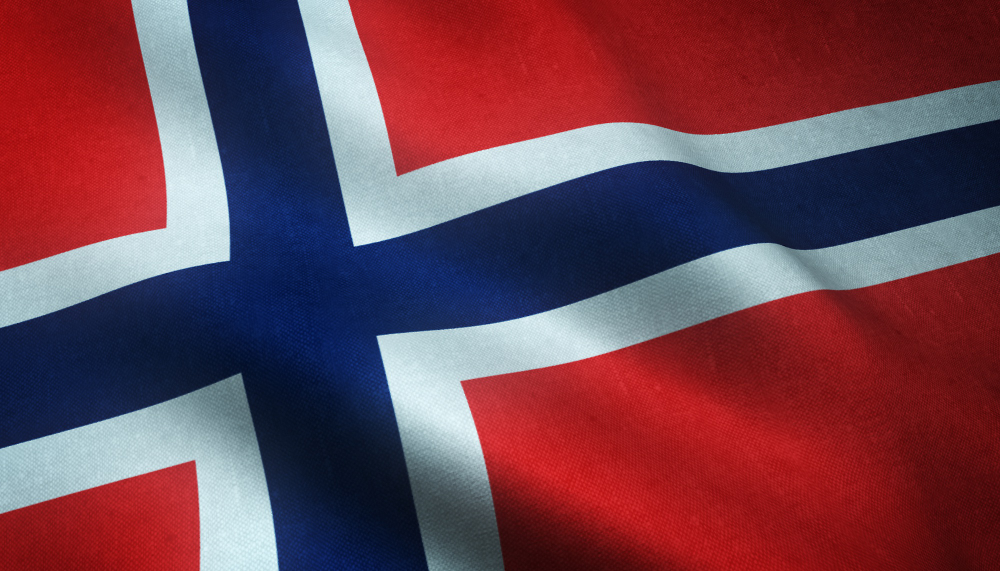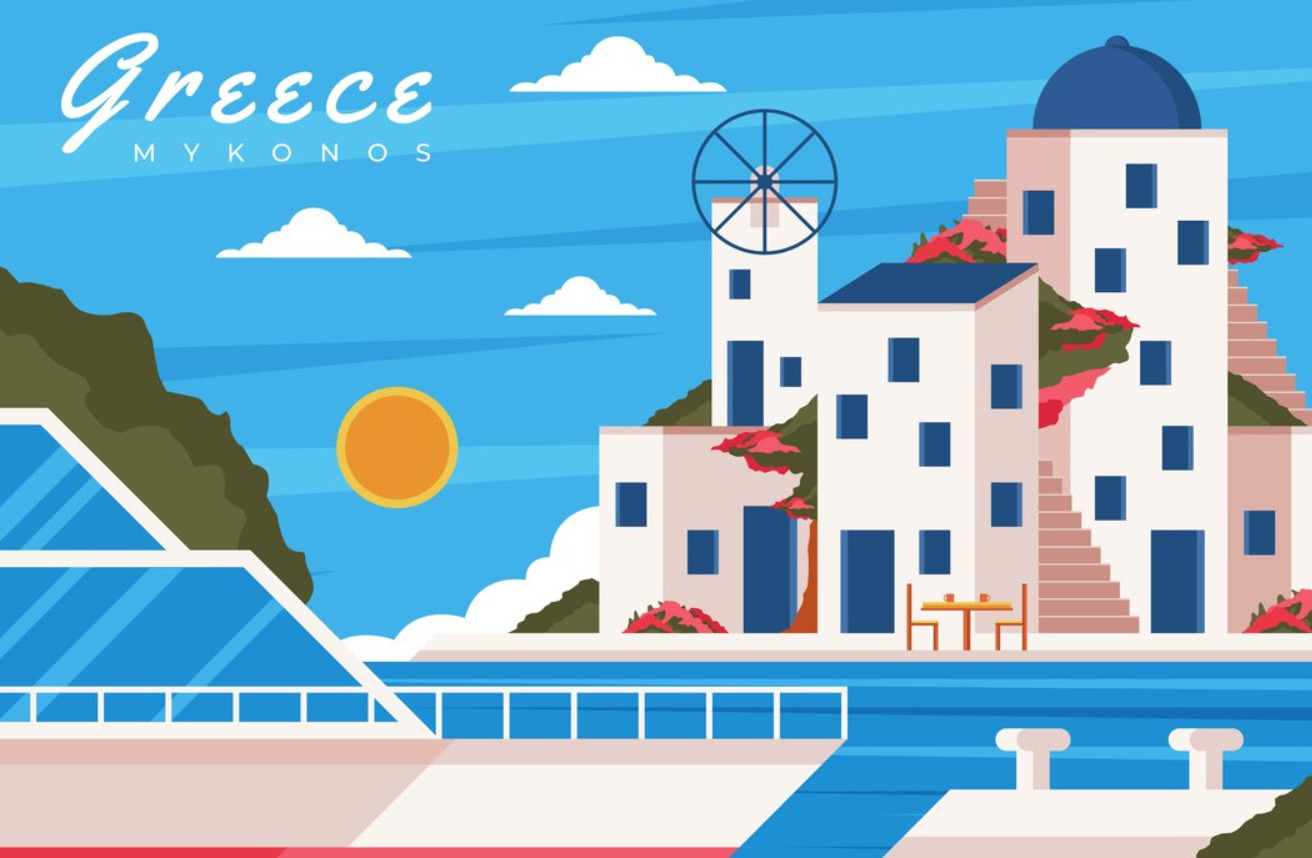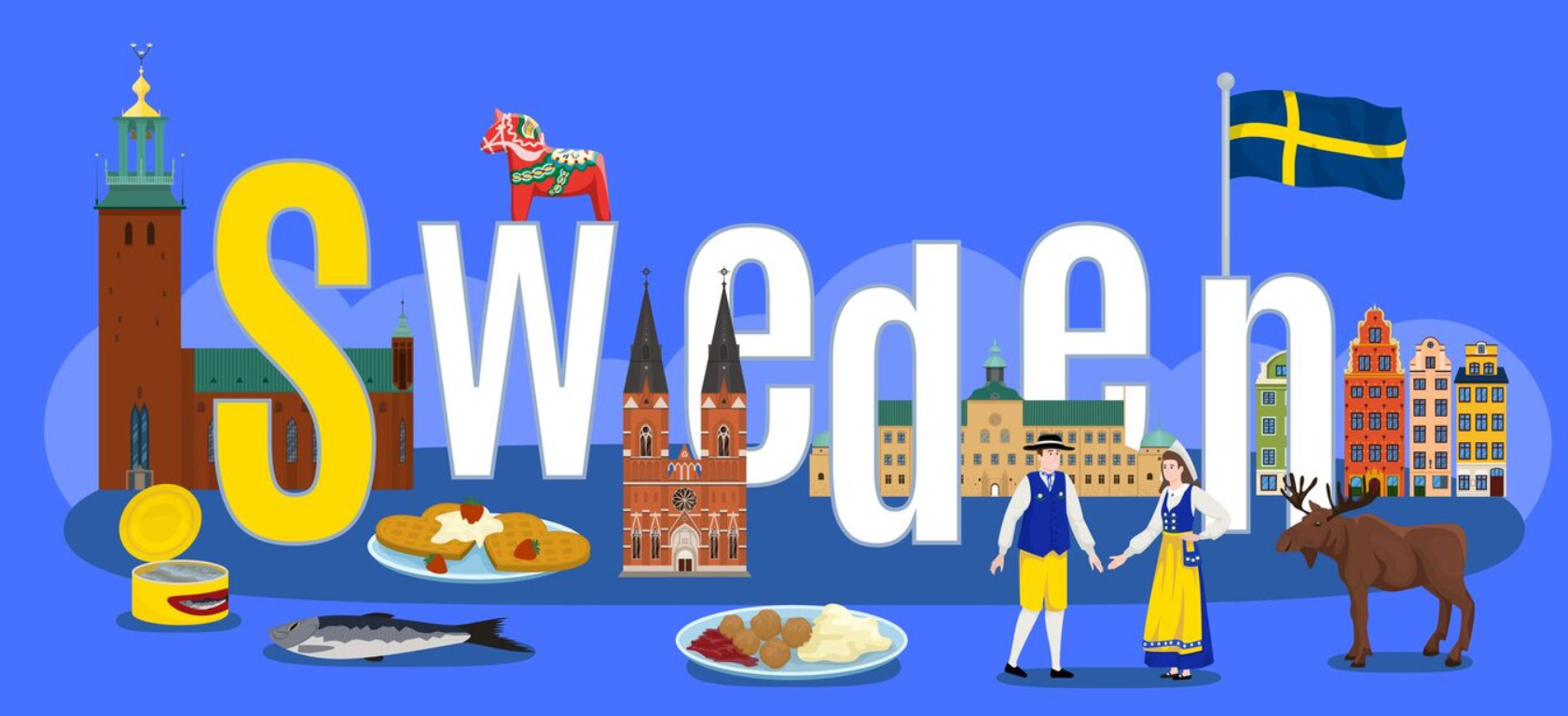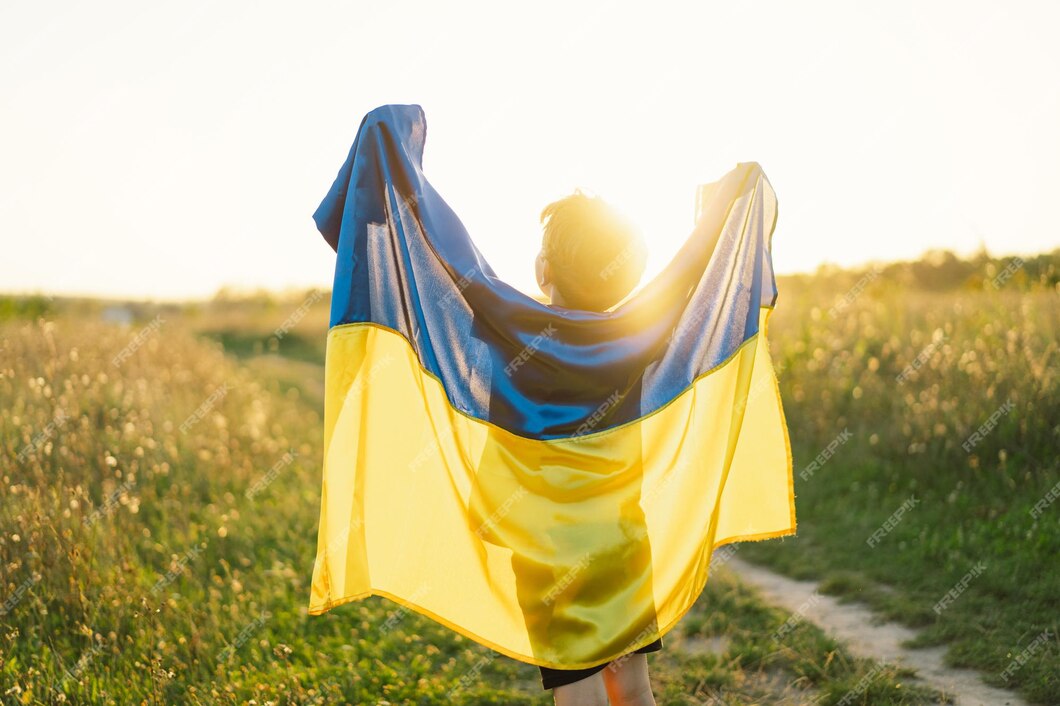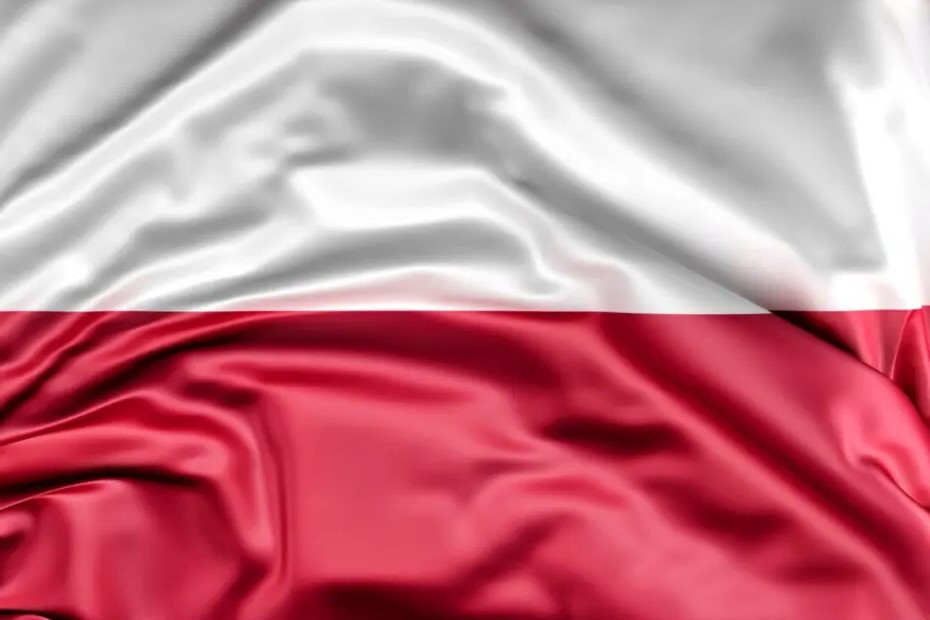In 2026, Serbia will once again offer residents and visitors plenty of opportunities to enjoy long weekends and well deserved days off. With its blend of historic charm, breathtaking landscapes, and vibrant culture, Serbia is a destination where every extra day off can turn into an adventure.
Whether you’re exploring the buzzing streets of Belgrade, wandering through medieval fortresses, or relaxing in the peaceful countryside, Serbia’s long weekends in 2026 will be perfect for relaxation, exploration, and cultural discovery.
From national holidays to traditional Orthodox celebrations, these extended weekends will give you the chance to enjoy the best of Serbia from lively festivals to peaceful nature escapes.
Public Holidays & Long Weekends in Serbia 2026
-
New Year Holiday – Thursday, January 1 & Friday, January 2
-
Statehood Day – Sunday, February 15 & Monday, February 16
-
Orthodox Good Friday – Friday, April 10
-
Orthodox Easter Monday – Monday, April 13
-
International Workers’ Day (May Day) – Friday, May 1
-
Victory Day (End of WWII) – Saturday, May 9
-
St. Vitus’ Day (Vidovdan) – Sunday, June 28
-
Remembrance Day – Wednesday, October 21
-
Armistice Day – Wednesday, November 11
Long Weekends in Detail
New Year Holiday – December 31, 2025 to January 2, 2026 (Wednesday–Friday)
New Year’s celebrations in Serbia are filled with joy, fireworks, and music. The country observes both Gregorian and Julian calendars, which means two chances to celebrate! With January 1 and 2 as public holidays, most people enjoy a three day weekend full of festivities, gatherings, and traditional meals.
Statehood Day – February 15 to February 16, 2026 (Sunday–Monday)
Known as Dan državnosti, Statehood Day commemorates the First Serbian Uprising (1804) and the adoption of the first Constitution of Serbia (1835). It’s a celebration of independence and unity, marked by official ceremonies, cultural events, and a two day national holiday.
Orthodox Good Friday – April 10 to April 12, 2026 (Friday–Sunday)
Veliki petak, or Good Friday, marks the crucifixion of Jesus Christ. Serbians observe the day with reverence through church services and quiet reflection. The weekend continues into Easter Sunday, making it a time of peace and family gatherings.
Orthodox Easter Monday – April 11 to April 13, 2026 (Saturday–Monday)
Easter Monday (Uskršnji ponedeljak) follows Orthodox Easter Sunday and is a joyful holiday filled with family meals, egg-cracking games, and festive traditions. With Monday as a public holiday, Serbians enjoy a three day weekend, often spending time outdoors or visiting loved ones.
International Workers’ Day (May Day) – May 1 to May 3, 2026 (Friday–Sunday)
Labor Day (Prvi maj) is one of Serbia’s most beloved holidays, celebrating workers’ rights with parades, barbecues, and outdoor festivities. Families traditionally spend the weekend camping or picnicking, marking the arrival of spring during this three day long weekend.
Victory Day – May 9 to May 10, 2026 (Saturday–Sunday)
Victory Day honors the end of World War II in Europe. It’s a solemn occasion with parades, wreath laying ceremonies, and remembrance events for those who fought for freedom. Many Serbians use the weekend to visit memorial sites and pay tribute to veterans.
St. Vitus’ Day (Vidovdan) – June 28, 2026 (Sunday)
Vidovdan is one of Serbia’s most symbolic holidays, commemorating the Battle of Kosovo (1389). The day is marked with religious services, patriotic gatherings, and historical remembrance, celebrating Serbian courage and unity. While it falls on a Sunday in 2026, it remains a deeply meaningful day across the country.
Remembrance Day – October 21, 2026 (Wednesday)
This day honors victims of World War II, especially those who perished in the Kragujevac massacre. Schools and institutions hold educational programs and memorial ceremonies, reminding the nation of the importance of peace and humanity.
For an extended weekend, many people take Thursday and Friday off to turn it into a five day break.
Armistice Day – November 11, 2026 (Wednesday)
Known as Dan primirja, this holiday commemorates the end of World War I. Ceremonies, moments of silence, and the symbolic red poppy worn on lapels remind Serbians of their historical resilience and the value of lasting peace. By taking Thursday and Friday off, you can create another five day mini vacation.
Conclusion
Serbia’s long weekends in 2026 promise the perfect balance between celebration, reflection, and leisure. From the lively energy of Belgrade’s city squares to the serene beauty of Tara National Park, every extended weekend is an invitation to explore and enjoy.
These holidays highlight Serbia’s strong sense of community and its respect for both history and modern life. Whether you’re savoring traditional ćevapi at a riverside restaurant, attending a cultural festival, or simply unwinding in nature, Serbia offers something for everyone.
And in today’s connected world, even while you’re relaxing, you can stay in touch through Zoom or other digital tools seamlessly blending work, life, and travel.
So, plan ahead, mark your calendars, and make the most of Serbia’s long weekends in 2026 a perfect mix of rest, culture, and adventure in the heart of the Balkans.

